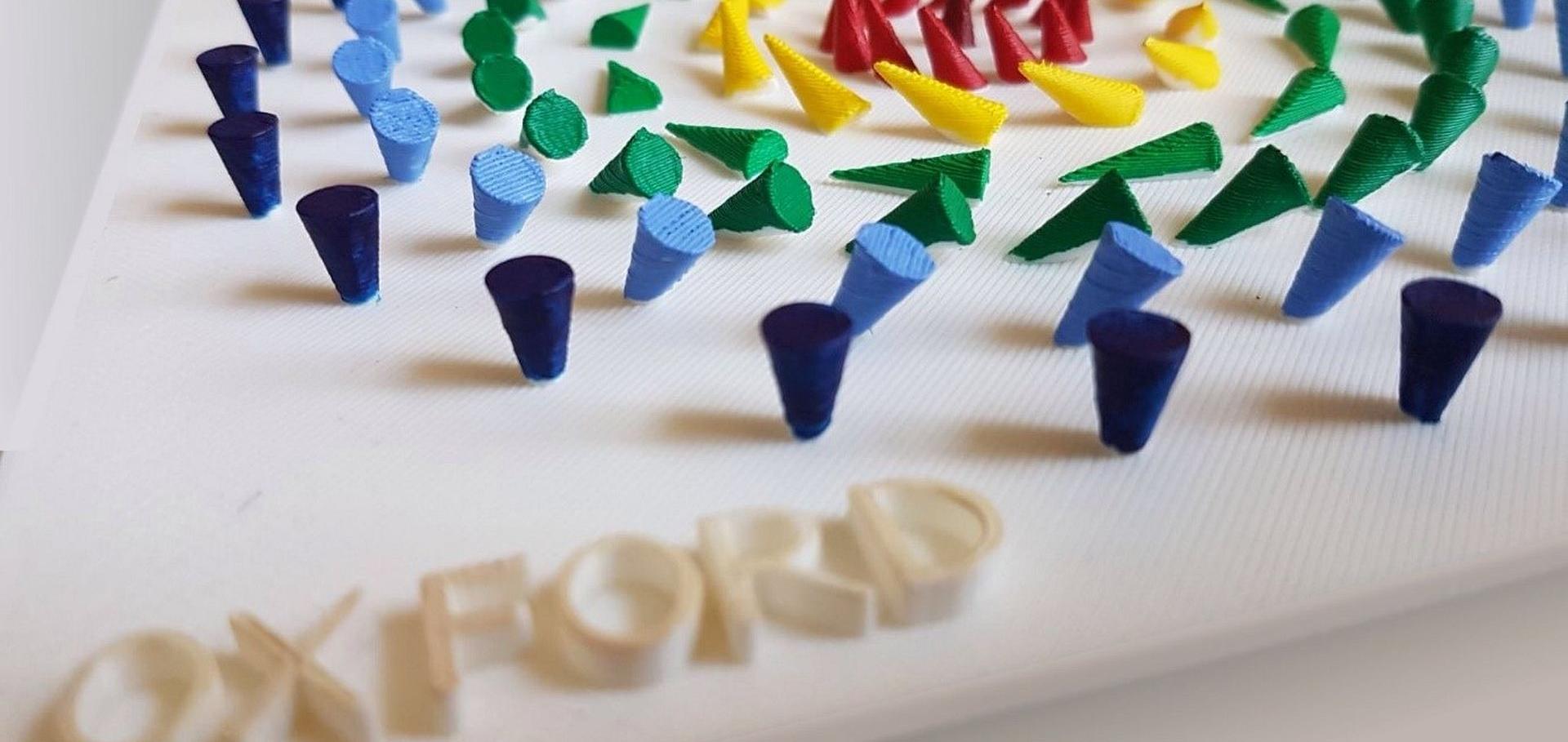Synthesis of superconductor-topological insulator nanoribbon heterostructures
Nano World Scientific Publishing 12:8 (2017) 1750095
Abstract:
Superconductors in proximity to topological insulators (TIs) have the potential to unlock exotic quantum phenomena, such as Majorana fermions. Quasi-one dimensional structures are particularly suited to host these quantum states. Despite the growth of TI nanostructures being relatively straightforward, the in-situ synthesis of superconductor-TI structures has been challenging. Here, we present a systematic study of the growth of the s-wave superconductor Sn on the TI Bi2Te3 by physical vapor transport. If Sn does not enter the Bi2Te3 lattice as a dopant, two types of structures are formed: Sn nanoparticles, that cover Bi2Te3 plates and belts in a cloud-like shape, and thin Sn layers on Bi2Te3 plates, that appear in puddle-like recessions. These heterostructures have potential applications as novel quantum devices.Perfect quintuple layer Bi₂Te₃ nanowires: Growth and thermoelectric properties
APL Materials American Institute of Physics 5 (2017) 086110
Abstract:
Bi2Te3 nanowires are promising candidates for thermoelectric applications. Vapor-liquid-solid growth of these nanowires is straightforward, but the traditional Au-catalyzed method is expected to lead to Au contamination and subsequently crystal defects. Here, we present a comparison of the Au-catalyzed growth method with an alternative method using TiO2. We observe that the latter approach results in perfect quintuple layer nanowires, whilst using Au leads to mixed quintuple and septuple layer structures. Despite these differences, we surprisingly find only a negligible effect on their thermoelectric properties, namely conductivity and Seebeck coefficient. This result is relevant for the further optimization and engineering of thermoelectric nanomaterials for device applications.Thermoelectric measurement of a single, TiO₂-catalyzed Bi₂Te₃ nanowire
Proceedings MDPI 1 (2017) 311
Abstract:
We report on the functionality of our Thermoelectric Nanowire Characterization Platform (TNCP). As a proof of concept of our design, we present a set of experimental results obtained from the characterization of a single Bi2Te3 nanowire, allowing for the determination of the nanowire’s electrical conductivity and Seebeck coefficient.Emergence of Dirac-like bands in the monolayer limit of epitaxial Ge films on Au(111)
(2017)
Emergence of Dirac-like bands in the monolayer limit of epitaxial Ge films on Au(1 1 1)
2D Materials 4:3 (2017) 031005


